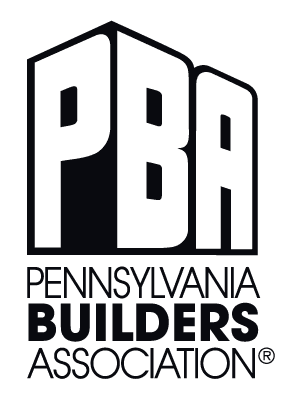
Safety is the common denominator that ties together all members of a team. Sure, there are OSHA classes and certifications, but even soft skills like safety leadership are critical to a safe work environment. At the end of the day, the fewer accidents and injuries, the few workers’ compensation claims and time lost.
Why We Willingly Choose to Work Unsafely
The safe way to work, costs and production schedules often compete for what’s most important on a job site, which is why it’s crucial that safety leadership is a priority that is practiced from the top down. What obstacles do we face?
- Mindset: Bottom line is we get stuck in our ways. It’s easy to look at the risks involved with construction and chalk it up to being part of the job. Some people take an old school approach to work and believe that if you don’t have aches and pains at the end of the day, you didn’t work hard enough. They believe wearing PPE is just too uncomfortable and interferes with their work, and their mindset impedes their ability to see that there may be other options.
- Culture: New employees may see seasoned employees performing tasks an unsafe way, but fear “rocking the boat” by doing it the correct way. Some workplace cultures make employees feel like they have to do whatever it takes to get the job done as quickly as possible, otherwise they will not be rewarded with respect, pay or a promotion.
- Experience: If someone has performed a task a particular way- albeit unsafely- for a number of years without incident, their experience has conditioned them to believe it’s acceptable.
Traditional Safety Management
Projects and production are driven by schedules and quotes, so progress and performance is measured by work completed. Similarly, safety performance is measured by failures, meaning the accidents associated with costs. Too often, safety management ends there.
Effective Safety Management
Instead, make safety an element of your work culture from the beginning and into every day for each employee.
- New Hires: Set the tone for the importance of safety in the interview process, communicate expectations during onboarding and reiterate during on-the-job training
- Seasoned Employees: Immediate supervisors should recognize team members for the things they do right, not just what they do wrong. Build trust through continued concern for their well-being, consistency, integrity and communication.
- Leadership: Whether an owner, manager, foreman or just a team member with more experience, each team member should be encouraged to practice safety leadership and set a good example by wearing required PPE, following safe work practices, recognizing the team members who are doing what is right, participating in tool box talks and joining industry-specific organizations, such as the Pennsylvania Builders Association and PBA Work Comp Program.
Safer Employees Means a Better Bottom Line
When there are fewer accidents and injuries, your business is more profitable. Injuries often lead to lost time, decreased productivity and money paid out in costly workers compensation claims. In the PBA Work Comp Program, safe homebuilders are rewarded with premium rates based on their own loss history. That means the safer the company, the better the rate.
If you’re interested in learning more about PBA Work Comp and receiving a quote, fill out the form below:

